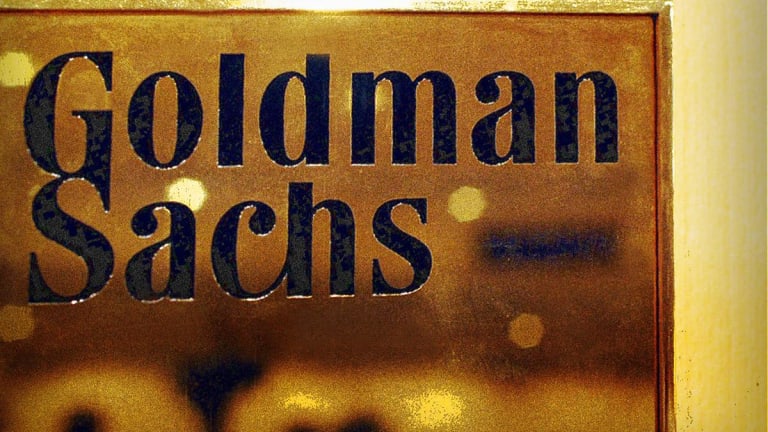Goldman Sachs, one of the biggest speculation banks on the planet, has detailed a 16% fall in dealmaking charges in the final quarter of 2023. This decline is the consequence of a difficult year for the bank, as a deficiency of arrangements and public postings burdened their charge pay. The bank cut a large number of positions in 2023 as the M&A dry season hit it hard. Goldman Sachs has fallen behind its rivals in terms of fees for making deals before. In the main quarter of 2023, the bank posted the most keen drop – 26% – in dealmaking expenses of any of its Money Road rivals.
Goldman Sachs’ Methodology
Goldman Sachs’ methodology to grow resource the board close by its venture banking and exchanging organizations has not been sufficient to balance the decrease in dealmaking charges. Goldman’s fundamental issues remain unaddressed by the cost-cutting and headcount reduction measures: its dependence on venture banking and exchanging.

Comparative Analysis Despite the fact that rivals such as Bank of America, Citi, and JPMorgan have all been able to offset declines in dealmaking by generating substantial trading revenue, Goldman Sachs’ fixed income, currencies, and commodities unit saw a 17% and 6% decrease, respectively, in the first quarter of 2023, respectively. According to data provided by Refinitiv, Goldman Sachs trades at 0.97 times its book value, trailing rivals Morgan Stanley and JPMorgan Chase & Co., which trade at 1.45 times.
Conclusion
Goldman Sachs‘ 16% fall in dealmaking charges in the final quarter of 2023 is an impression of the difficult year the bank has had. The bank’s fee income has been impacted by a lack of deals and public listings, which has contributed to the decline in dealmaking fees. While Goldman Sachs’ system to extend resource the executives close by its venture banking and exchanging organizations has not been sufficient to balance the decrease in dealmaking expenses, the bank has carried out cost-slicing measures to address its major difficulties. In any case, these actions don’t address the bank’s dependence on venture banking and exchanging.

